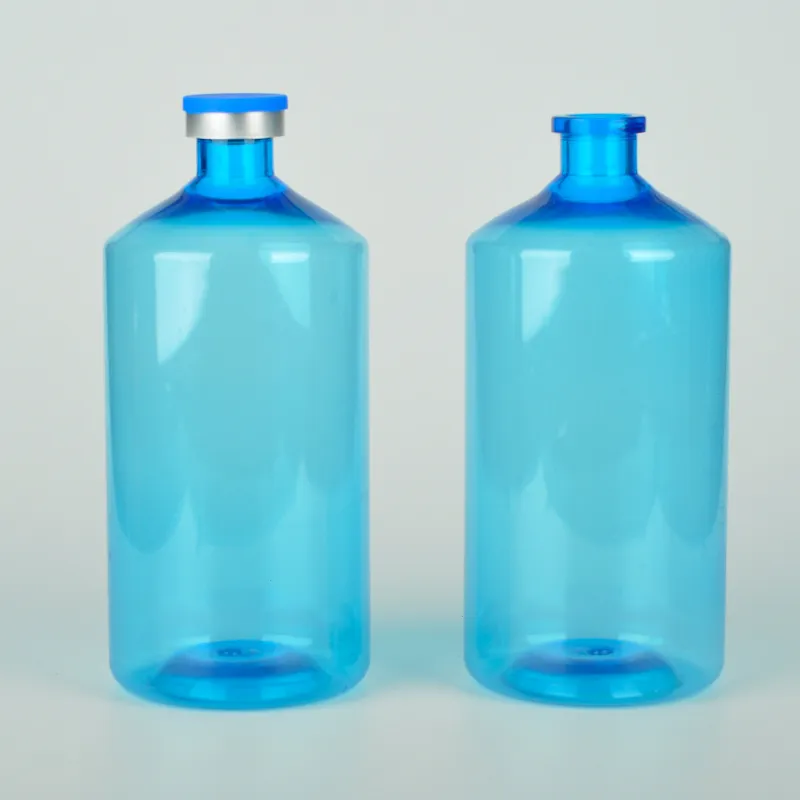https://www.wahmg.com/)">
Efficient Techniques for Producing Bottles through Injection Blow Molding Process
Efficient Techniques for Producing Bottles through Injection Blow Molding Process
Injection Blow Molding Bottles A Modern Manufacturing Technique
Injection blow molding is a sophisticated manufacturing process that has revolutionized the production of plastic bottles
. Particularly favored for its ability to produce lightweight, durable, and high-quality containers, this method combines both injection and blow molding techniques, resulting in seamless and efficient production.The process begins with the injection molding stage, where molten plastic is injected into a preform mold. The preform is a miniature version of the final bottle, shaped like a test tube. This stage is crucial as it determines the thickness and structural integrity of the bottle. The preform is then cooled and hardened, making it ready for the next stage.
Once the preform is set, it undergoes the blow molding phase. The preform is placed into a mold that represents the final bottle's shape. Here, compressed air is blown into the preform, causing it to expand and take the shape of the mold. The combination of these two processes allows manufacturers to create complex shapes and designs that would be challenging to achieve through traditional methods.
One of the primary advantages of injection blow molding is efficiency. This process can produce large quantities of bottles in a short period, significantly reducing production time and costs. Additionally, the precision of the injection molding ensures that each preform is uniform, leading to consistent quality across all produced bottles.
injection blow molding bottles

Another benefit is the material savings achieved through this manufacturing technique. Because the preform is produced to specific dimensions, there is minimal waste during the blow molding process. This not only contributes to cost savings for manufacturers but also aligns with sustainable practices in the industry, as reduced waste directly correlates with less environmental impact.
Moreover, injection blow molding allows for a variety of materials to be utilized. Polyethylene terephthalate (PET) is a popular choice due to its lightweight nature and excellent barrier properties, making it ideal for beverages. However, manufacturers can also work with other thermoplastics, expanding the application range of injection blow molding beyond just bottles for liquids to include containers for pharmaceuticals, cosmetics, and even household products.
The versatility in design and functionality is another notable feature of this process. Companies can create bottles with different neck sizes, shapes, and closure types, accommodating a broad spectrum of market needs. Additionally, surface textures, labels, and colors can be easily integrated into the design, providing branding opportunities that are essential in today's competitive marketplace.
In conclusion, injection blow molding has become a cornerstone technology in plastic bottle manufacturing. Its efficiency, material economy, versatility, and ability to produce high-quality containers make it a preferred choice for many industries. As sustainability and innovation continue to drive the market, injection blow molding will likely remain a vital process in shaping the future of packaging solutions. The continual advancements in this field promise to enhance and expand its applications, ensuring that it stays relevant in an ever-evolving industry.
-
Wholesale Plastic Juice Bottles with Caps 16 oz Options Available Bulk Packaging SolutionsNewsJun.10,2025
-
Laboratory Apparatus Reagent Bottle – Durable & Chemical Resistant Bottles for Safe StorageNewsJun.10,2025
-
Squeezable Dropper Bottles Durable, Leak-Proof & CustomizableNewsMay.30,2025
-
Affordable Plastic Petri Plates Sterile & Disposable Lab-GradeNewsMay.30,2025
-
Eye Dropper Caps Precision 24/410 & Plastic Bottle-Compatible TipsNewsMay.30,2025
-
Affordable Mini Spray Bottle Price & Wholesale Deals Shop NowNewsMay.29,2025





















